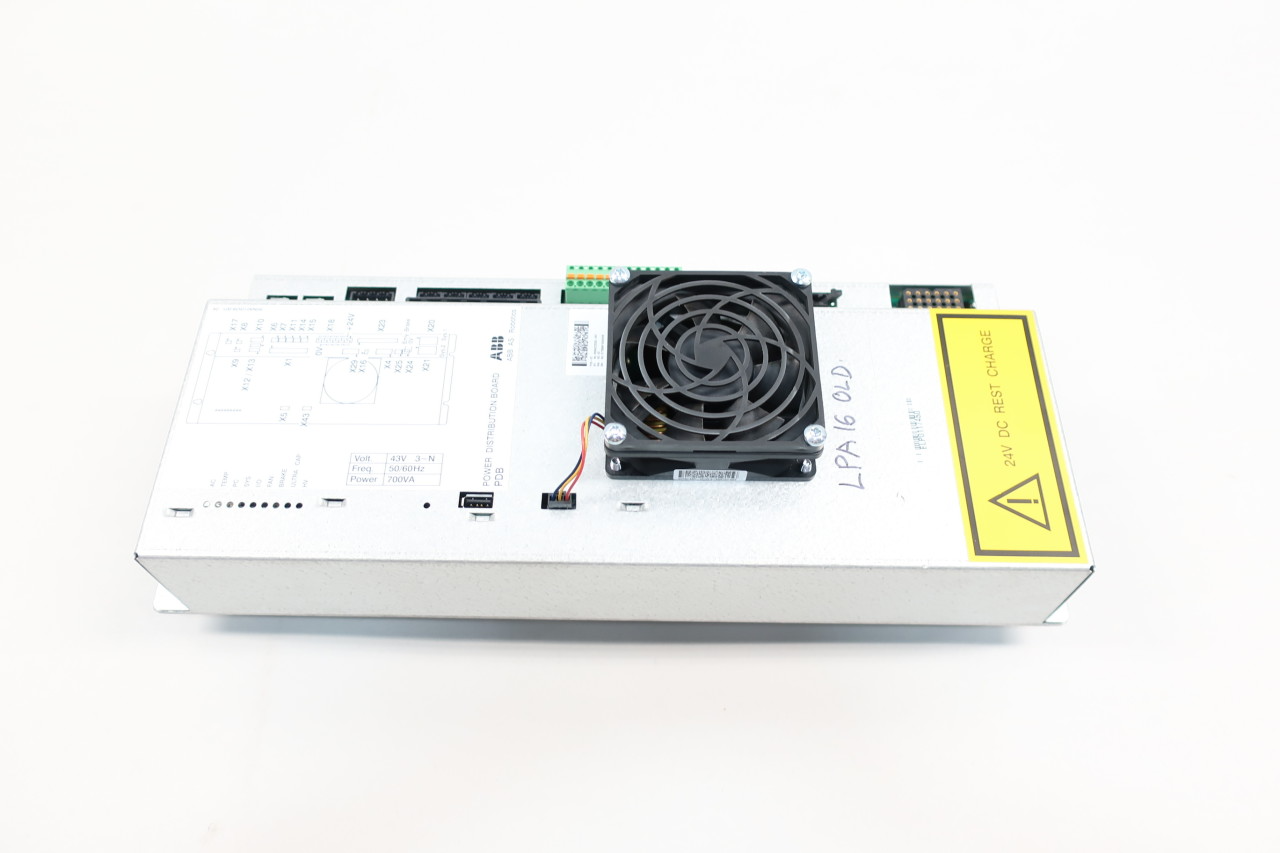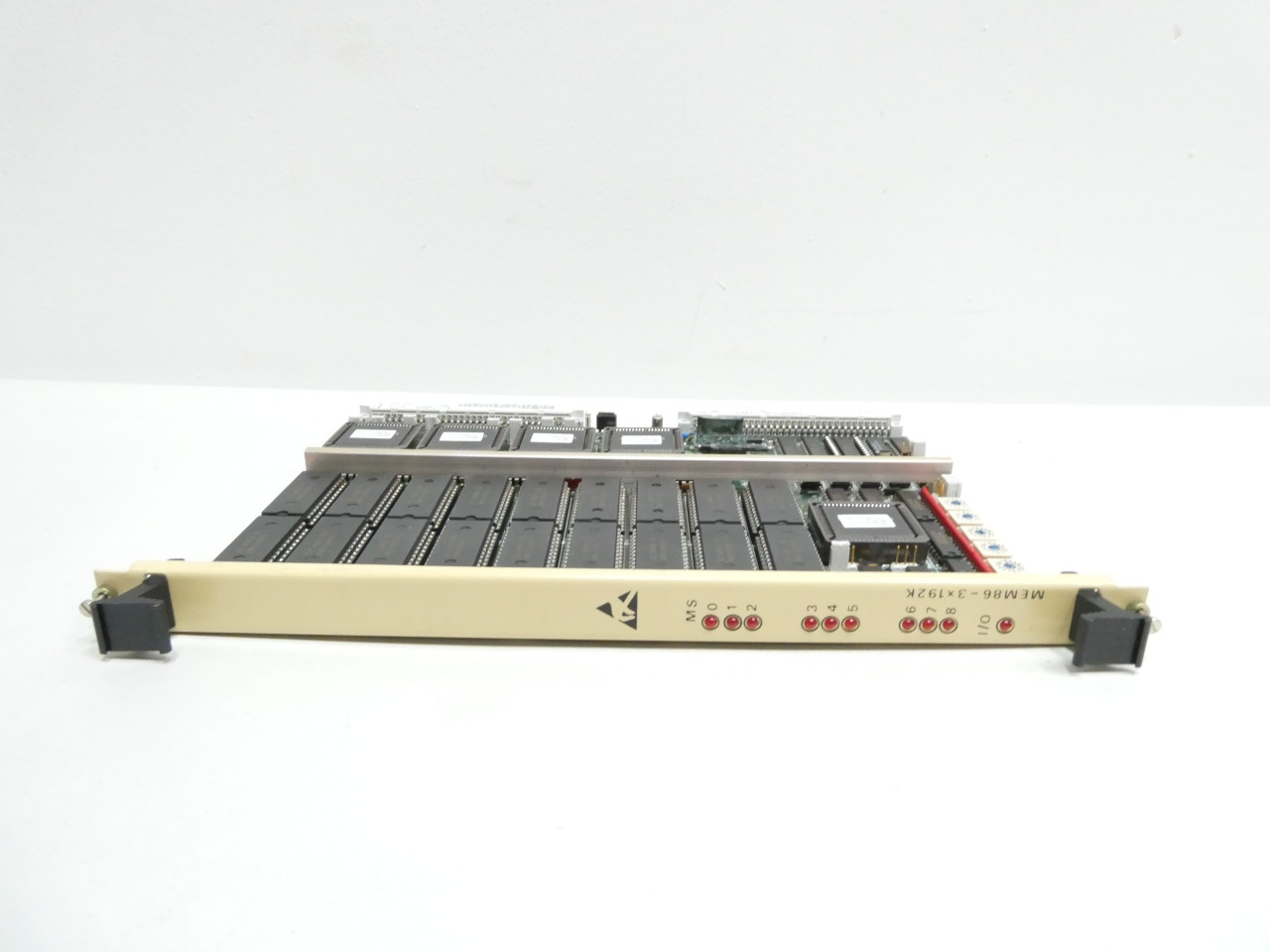YOKOGAWA NFCP100-S00 S3

YOKOGAWA NFCP100-S00 S3: A Key Component in Industrial Automation
Welcome to our blog, the default backup site based on the primary configuration. Today, we delve into the YOKOGAWA NFCP100-S00 S3, a critical component in the realm of electrical engineering and industrial automation.
The Importance of Electrical Engineering in Industrial Automation
Electrical engineering plays an essential role in industrial automation, providing the foundation for various systems that enhance productivity, safety, and efficiency in manufacturing processes. With the rapid evolution of technology, the integration of advanced electrical systems has become a necessity for businesses looking to optimize their operations and remain competitive.
YOKOGAWA NFCP100-S00 S3: Specifications and Compliance
The YOKOGAWA NFCP100-S00 S3 adheres to the IEC 60947-2 standards, ensuring its reliability and safety in industrial environments. This standard outlines the requirements for low-voltage switchgear and controlgear, crucial for the development and integration of electrical devices in automation systems. Here are some key technical specifications:
- Rated Operation Voltage: Up to 1000V AC
- Rated Operation Current: 63A
- Short-Circuit Protection: Yes, integrated functionality
- Temperature Range: -25°C to +60°C
- Pollution Degree: 3
- IP Rating: IP20
These specifications highlight the NFCP100-S00 S3’s capability to support various industrial applications, ensuring optimal performance and compliance with international safety standards.
Applications in Industrial Automation and Renewable Energy
The applications of the YOKOGAWA NFCP100-S00 S3 extend across various sectors, particularly in industrial automation and renewable energy. In manufacturing plants, this component is integral to the control systems that govern machinery, ensuring seamless operation and enhanced safety protocols.
In renewable energy, the NFCP100-S00 S3 plays a pivotal role in the management of power generation and distribution systems. Its ability to handle high voltage and current levels makes it suitable for solar power plants, wind farms, and other sustainable energy systems. By integrating this device, operators can monitor and control energy flows more effectively, contributing to the overall efficiency of renewable energy production.
Conclusion
In conclusion, the YOKOGAWA NFCP100-S00 S3 is a significant asset in the fields of electrical engineering and industrial automation. Its compliance with IEC60947-2 standards and its robust specifications make it a reliable choice for various applications, particularly in the booming renewable energy sector. As industries continue to evolve, components like the NFCP100-S00 S3 will remain crucial in the drive towards automation and energy efficiency.
For more information on industrial automation, visit abbpartsupply.com or check out the latest standards from the International Electrotechnical Commission (IEC).









